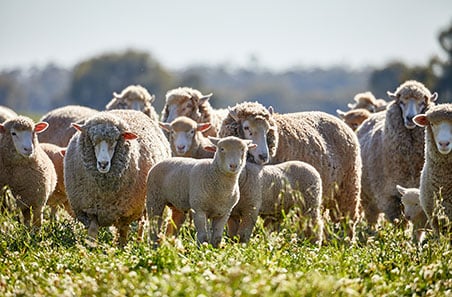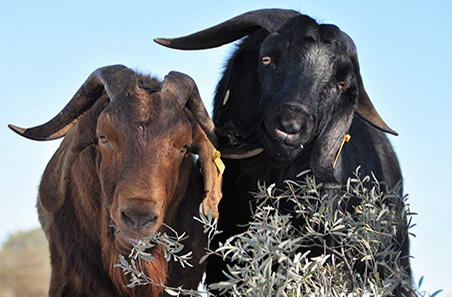Preparing livestock for transport
Planning and preparation are key to successful livestock transport for their intended journey. Sound preparation ensures livestock leaving one destination arrive at the next location in the best possible position to ensure:
- driver welfare
- animal welfare – avoiding stress, injuries, potential contamination or death
- optimal recovery and weight gain - if going to a feedlot or new property
- potential food safety risks from stressed, injured or contaminated livestock are reduced
- customer expectations are met.
All people involved in planning a journey and mustering, assembling, handling, selecting, loading and transporting livestock have a responsibility for livestock welfare.
Preparation guidelines for cattle, sheep and goats
How to prepare livestock for transport
|
✓ resting recently mustered livestock prior to loading ✓ co-mingling of animals from different mobs well in advance of the journey ✓ recording and communicating the date and times livestock last had access to feed and water ✓ competent selection of livestock prior to loading ✓ performing husbandry practices well in advance of the journey ✓ planning the journey with consideration given to the length of the journey and weather conditions ✓ utilisation of appropriate loading facilities that are fit for purpose ✓ knowing who to contact in case of an emergency. |
-
What to do before transport
- Make sure all livestock are healthy and only fit to load for the intended journey are loaded.
- Check the preparation guidelines for the type and class of livestock.
- Get livestock into the yards prior to the journey and feed good quality dry hay and clean water. Don’t run them in from the paddock as the truck is backing in to load – rested livestock with access to good quality dry hay and clean water travel best.
- Review relevant Australian Animal Welfare Standards and Guidelines for the type of animal and location.
-
Carry out any husbandry procedures well in advance of transport
- Don't carry out highly stressful activities just before loading, including crutching, dipping, drenching and dehorning.
- Ear tagging prior to loading for transport should be limited to those livestock that have lost a National Livestock Identification Scheme NLIS tag.
- Similarly, you shouldn’t be scanning livestock as you’re loading them onto the truck as this causes delays. Get tagging and scanning out of the way well in advance.
-
Prepare and manage documentation
- Livestock Production Assurance (LPA) National Vendor Declarations (NVDs) and any animal health declarations, transport records, and outgoing livestock movement records, including livestock exposed to physical or chemical contaminants – details available on Integrity Systems website
- A range of new features are now available in the eNVD system (web and app) which make it easier for transporters to receive a digital version of the eNVD (rather than a printed copy)
- Ensure specific requirements relating to the transportation for sale or slaughter of bobby calves have been met when filling out bobby calf NVD
-
Ensure that management systems are in place to minimise risks to livestock welfare.
Webinar: Preparation for transport and setting cattle up for optimum performance and health
Useful Links
Biosecurity resources for livestock transport
- Livestock, bulk and rural carriers glovebox guide on biosecurity, emergency animal diseases and preparing livestock for transport
- Farm Biosecurity website
- LPA biosecurity requirements
Withholding periods (WHP) and export slaughter intervals (ESI)
Weaning management
Parasite management
Livestock owners are responsible for parasite control. Livestock should be fit to load and not infested prior to loading.





